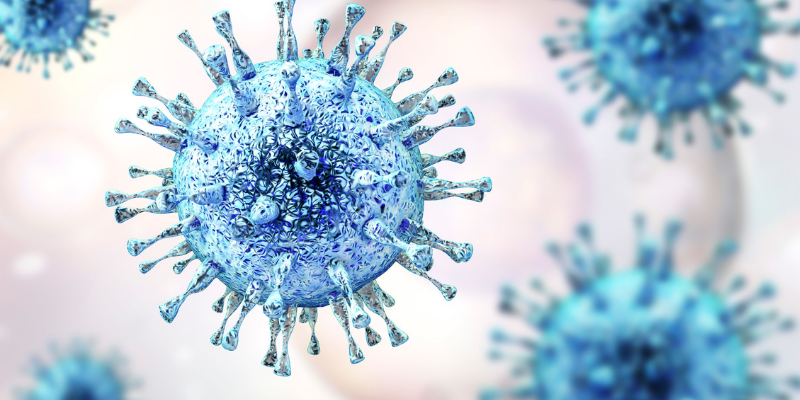Collaborating to Accelerate Discovery: Using Predictive Computational Modeling to Improve Health
October 30, 2020 Posted by AHW Endowment

To learn more about this funded project, click here.
It’s a virus that most people have never heard of, yet it infects nearly 90% of the adult population and is a leading cause of congenital birth defects. Cytomegalovirus, a member of the herpes family of viruses, often spreads undetected in individuals with a healthy immune system.
But for those with weakened immune systems, the effects can be devastating. Symptoms range from headache, to liver inflammation, intestinal blockage, and even blindness. Babies born with the virus can suffer permanent loss of hearing, seizures, and experience developmental and motor delays.
“It’s a leading cause of disease in immunosuppressed patients, predominantly anyone undergoing transplantation and treated with immunosuppressive agents so the organ being transplanted isn’t rejected,” said Scott S. Terhune, PhD, Professor of Microbiology and Immunology at MCW.
Like other herpes viruses, cytomegalovirus stays with an individual for life, making effective treatments crucial for long-term maintenance.
Terhune saw an opportunity to expedite the identification of better treatment for those suffering the effects of this virus through computational modeling. This approach uses mechanistic mathematical models to study complex biological systems using computer simulations. While the approach has been used for decades, its application to complex biological systems is relatively new and shows great promise for advancing our understanding of diseases.
Through a two-year, $200,000 grant funded through AHW’s Basic, Clinical, and Translational Research pathway that began in 2017, this interdisciplinary project used computational models to seek out more effective antiviral treatments.
Terhune partnered with Ranjan Dash, PhD, Professor in the Marquette University and MCW Department of Biomedical Engineering. Previously, Terhune had been tackling these issues through traditional research methods at the lab bench, and knew Dash was studying biological processes using mathematical modeling.
“This project came about to address the complexity of biological systems,” said Terhune. “The interactions that occur to keep cells alive are exceptionally complex. This project takes the complexity of these relationships and converts it to mathematical equations. If it’s done right, it becomes predictive.”
The approach can streamline discoveries that would otherwise take years of research. The project focused on understanding the replication cycle where cytomegalovirus copies itself by reconfiguring the interaction networks within a human cell.
“We hope to improve therapeutic strategies, but we also hope to identify and understand the relationships that are happening,” said Terhune.
“AHW’s initial funding started and strengthened this collaboration so we could go to the National Institutes of Health and get funding.” – Ranjan Dash, PhD
It’s a collaboration that almost didn’t happen. Because a partnership between systems biology and computational modeling is uncommon, the team struggled to find a funder.
“AHW’s initial funding started and strengthened this collaboration so we could go to the National Institutes of Health and get funding,” said Dash.
Through AHW funding that ended in February 2019, the project produced initial results that led to the award of an National Institutes of Health (NIH) Exploratory/Developmental Research Grant (R21) that is ongoing and will advance this work through February 2022.
So far, their work has identified several biomarkers that will inform more effective treatments. The findings were published in the journal PLoS Computational Biology, and the team is working on a second paper.
Dash and Terhune have incorporated their novel computational modeling approach into their graduate curriculum at MCW and in the MCW & Marquette University Biomedical Engineering program, expanding the reach of this approach to the next generation of researchers.
The team sees the long-term potential for this approach to be applied to seeking treatments for a variety of other diseases.
“We are now moving forward further into this collaboration,” said Dash. “Cell cycle dysregulation is not only in viral infections, it’s also in cancers. We are enhancing our model to account for other interactions we have not considered in these initial models.”
The team has started working with other labs at MCW and plans to apply for additional funding to continue to build on current models.
“I think this approach will be very impactful because we will save a lot of time and resources by first doing experiments with these computational tools,” said Terhune.




